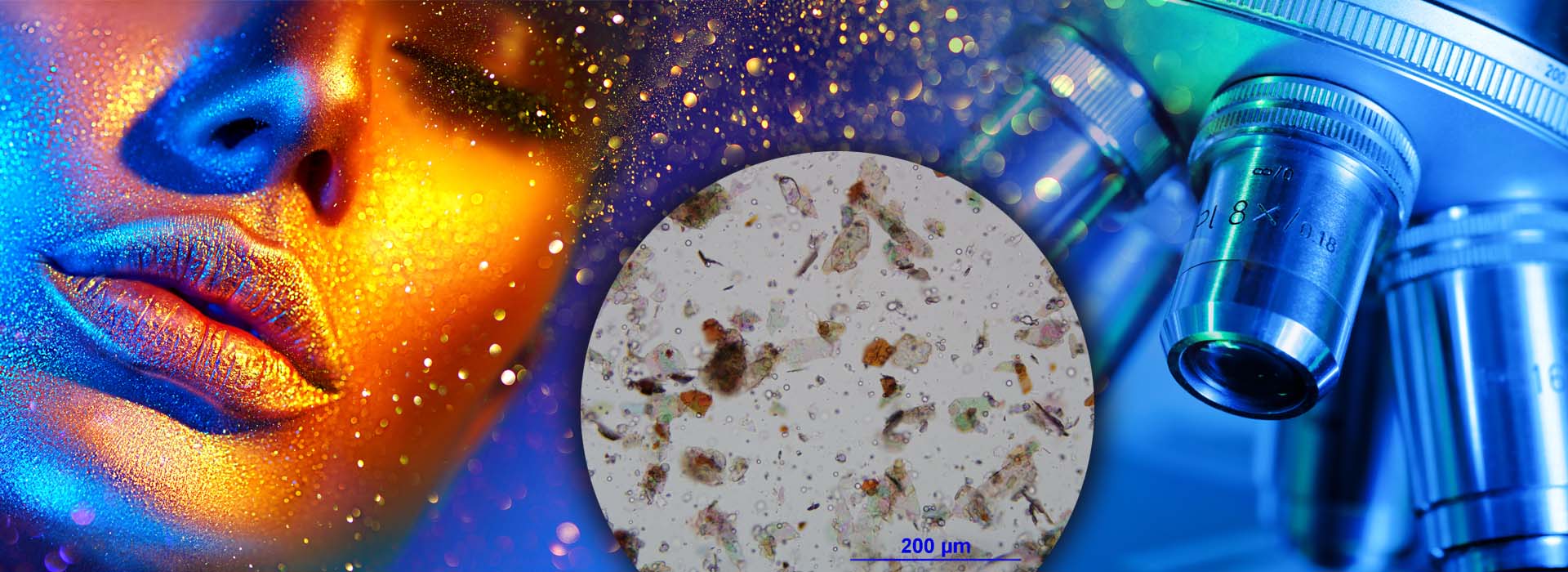This webinar originally occurred on February 17, 2022.
Duration: 1 hour
Overview
What is in a cosmetic? Cosmetics are a huge part of many people’s daily routine, but the science behind these quick fixes is still somewhat of a mystery to most and forensic science still has much to learn regarding this form of evidence. This webinar will provide a peek behind the curtain of cosmetics, specifically those applied to the face, and explore what makes these products work. The presenter will include an overview of ingredients commonly found in cosmetics, including typical usage levels and their purpose in these products. Some of the ingredients will be familiar to trace chemists as they are also used in more traditional forms of trace evidence, such as paint. The webinar will discuss various analytical approaches to the analysis of cosmetic products and their individual components, which should also be familiar to trace chemists. Specific emphasis will be placed on microscopy, infrared, and elemental analyses. There are specific challenges and limitations associated with analyzing cosmetics, including limited published research, mixtures of various products, contamination from biological materials, and changes to the chemical composition due to absorption and evaporation. This webinar will conclude with a discussion of how to answer specific questions, which were asked of the presenter regarding evidence from a case, like "Is this material a cosmetic?" and "Can a potential source of the material be determined?"
Detailed Learning Objectives
- Attendees will learn the composition of cosmetics, specifically those applied to the face.
- Attendees will gain an awareness of the specific materials or combination of materials that can determine whether a questioned material is a cosmetic.
- Attendees will understand the limitations of comparing questioned source cosmetic materials with known sources.
Presenter
- Jeremy Morris | Forensic Scientist Supervisor, Johnson County Sheriff’s Office Criminalistics Laboratory
Funding for this Forensic Technology Center of Excellence webinar has been provided by the National Institute of Justice, Office of Justice Programs, U.S. Department of Justice.
The opinions, findings, and conclusions or recommendations expressed in this webinar are those of the presenter(s) and do not necessarily reflect those of the U.S. Department of Justice.
Contact us at ForensicCOE@rti.org with any questions and subscribe to our newsletter for notifications.




